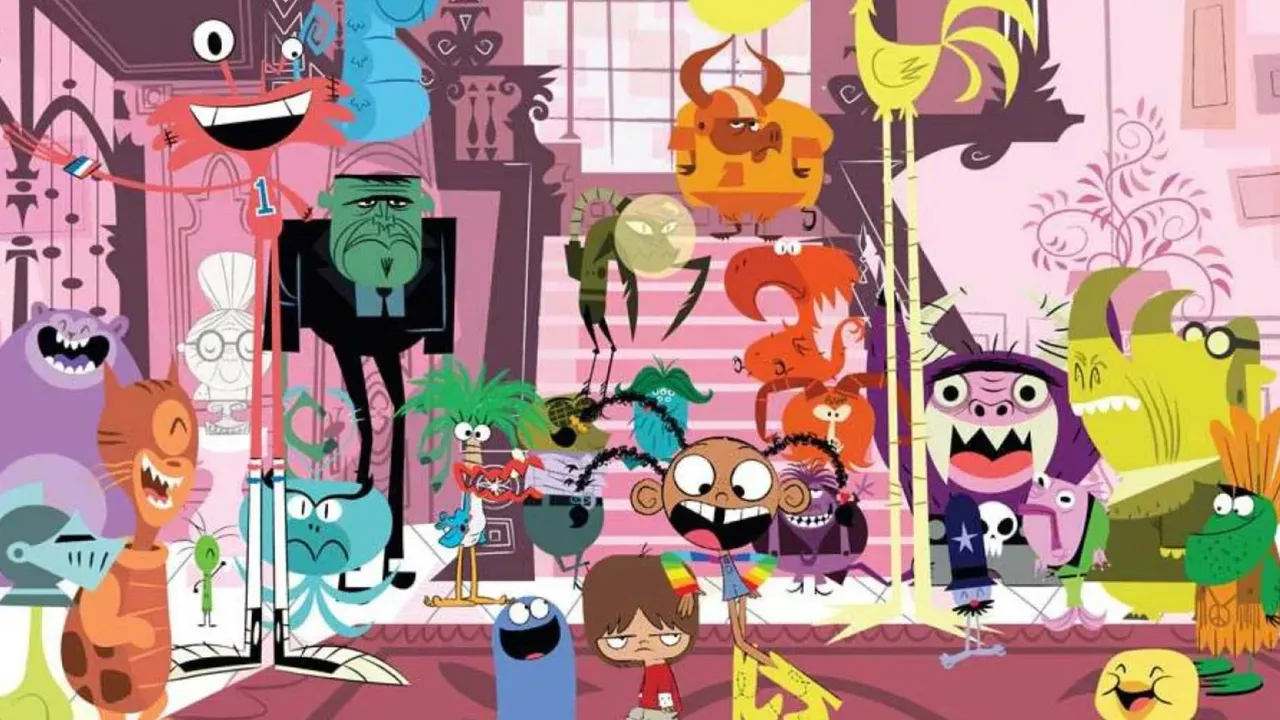Few things are more complex or mysterious than the human mind. And yet, despite its obvious importance, we know relatively little about how it works. In this series of articles, we shall explore some of the latest research, delve into the writings of ancient philosophers, and try to answer some of the most fundamental questions about your consciousness. Try, being the key word here. The mind is without a doubt one of the strangest things in existence, its workings still a mystery to even the brightest of among them.

We can hook you up to scanners that tell us what regions of the brain are active when solving math problems or being creative. We can see the effects of introducing hormones or other chemicals, but the how constantly escapes us. How do chains of molecules keep track of our our memories? How do electrical signals give us the capability of thought? How did billions of years of evolution in a world of survival of the fittest churn out a species that spends its free time collecting stamps?
In this first post, I plan on showing you just how truly strange the mind is by delving into a topic everyone is familiar with but rarely ever receives much thought: today, I will be discussing imaginary friends in all their forms. That may sound like a weird place to start, but I think it is an excellent place to start. Many parents believe that their child's imaginary friend is just a game, which may be true in some cases. But, there is reason to believe that there is much more to this than merely playing pretend.

Many adults have had their imaginary friends persist well into adulthood and still make the claim that they can truly see, hear, and even touch them. In fact, there is an ancient Buddhist meditation practice designed specifically to create an imaginary friend, referred to as a Tulpa. The practice takes months of meditation, but the end result is said to be a being capable of its own thoughts. Some were so convinced their Tulpas were separate consciousnesses that they believed they summoned God and were driven insane by it.
While this may seem like an absurd idea, it is not. The practitioner spends a large amount of time visualizing the tulpa. How they act, how they look, and how they sound. It's not insane to believe that, after enough time, these Buddhists were able to induce hallucinations. While tulpas have fallen out of favor among Buddhists, they have seen a resurgence among internet communities.
Perhaps this phenomenon is nothing but people telling stories, but it's really not as crazy as it may seem. Most people probably hallucinate other people several times a week, if not every night. Don't the people in your dreams seem real to you? Each has their own appearance, their own personality, their own voice. While many of the secrets of the mind are unclear, what is clear is its ability to create self-induced hallucinations. With enough practice, it's easy to believe that someone could create the same effect while they were awake.
So, with so many different occurrences, the question must be asked. What exactly are these tulpas, these imaginary friends, or the characters in your dreams? Is it merely unconscious puppetry, or is it possible that these thought entities actually do have thoughts of their own? Honestly, I do not have the slightest idea. But, we can take a look at one more phenomenon that shows us it is possible for multiple consciousnesses to exist inside the same head.
The phenomenon I am talking about here is actually an illness, Dissociative Identity Disorder (DID). When multiple personality disorder got renamed, it sparked a myth that it wasn't a real issue, but it absolutely is. What was once known as multiple personality disorder is today seen as an extreme form of DID.

Someone with this particular issue experiences more than one consciousness inside their head. And, like the Buddhas or your children, they will attest to the fact that these are beings distinct from their own consciousness. Unable to get rid of it, unable to control it, it just does what it wishes. They act exactly as one would imagine a conscious entity acting.
With people plagued by multiple personalities, the masses of children who have imaginary friends, the Buddhist manuscripts for how adults create them, and the resurgence of that practice in modern times, I am left with the conclusion that consciousness could very well be divisible. There's possibility that the human brain could hold multiple consciousness, each one truly as real as the the one you know as you.
This article will certainly leave you with more questions than you had before. That will be a common theme throughout the series. Unfortunately, even the best scientists are unable to give you an answer at this time, let alone some armchair philosopher writing a blog. But, while the mysteries are currently unsolveable, they sure are fascinating.
I originally started this series over on steemit, back before the sun fell, causing the great migration. I've grown a lot since that time, in both my writing abilities and my beliefs. As such, I have decided to start the series back up and redo my previous articles. If you would like to see what is to come, you can find my original account at: @alex-draw
Just remember that I have grown a lot since that period. I'm kind of disappointed in how little I wrote on such fascinating topics. I really didn't do them justice. If you enjoyed this article, then give me a follow. There will be many more to come in the series that is sure to leave you with more questions than answers.